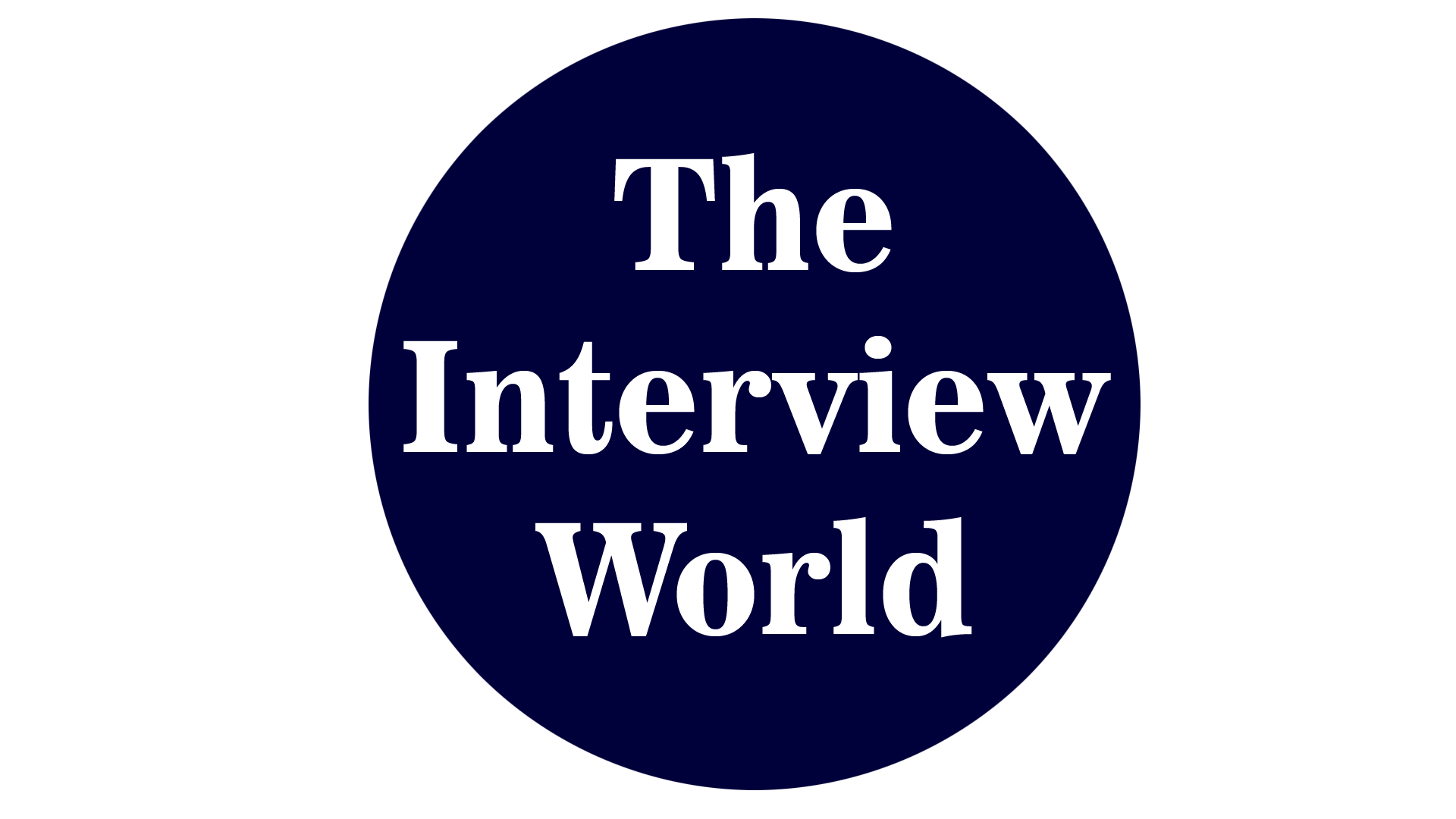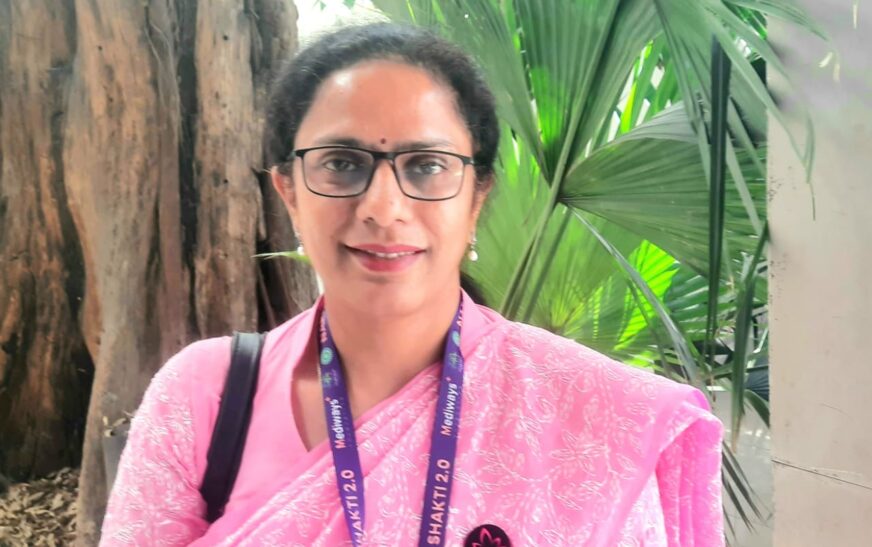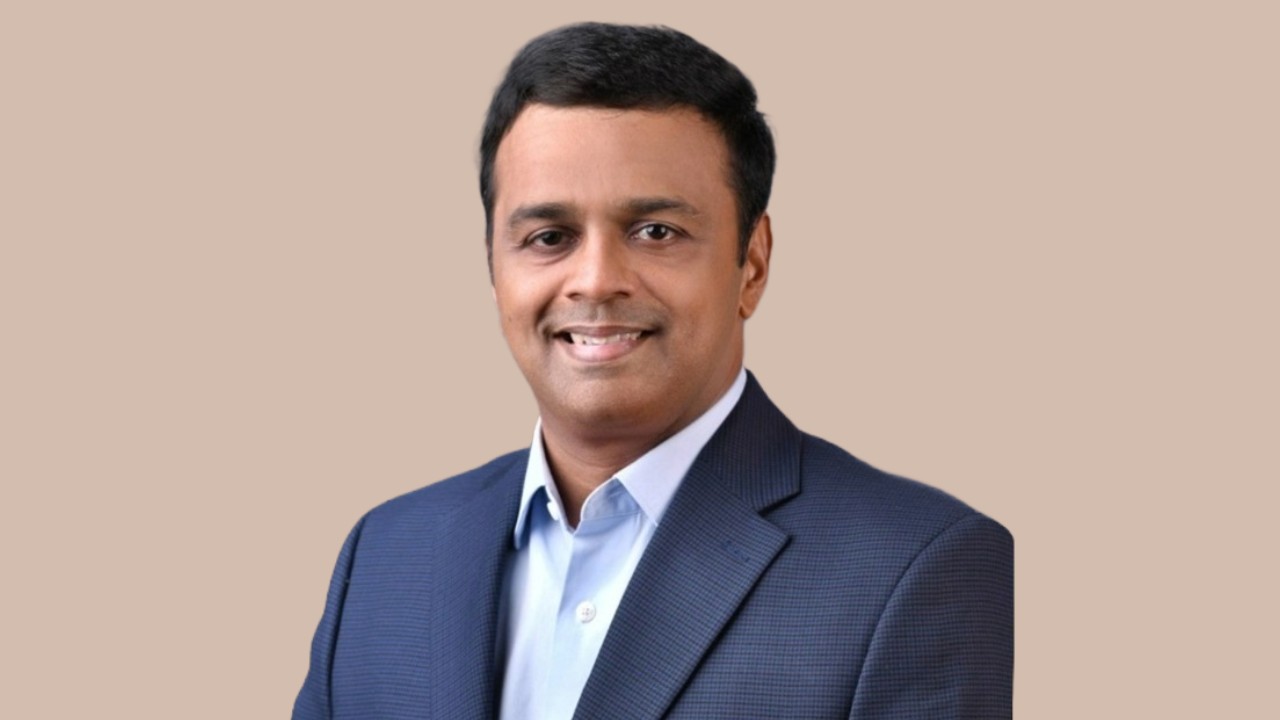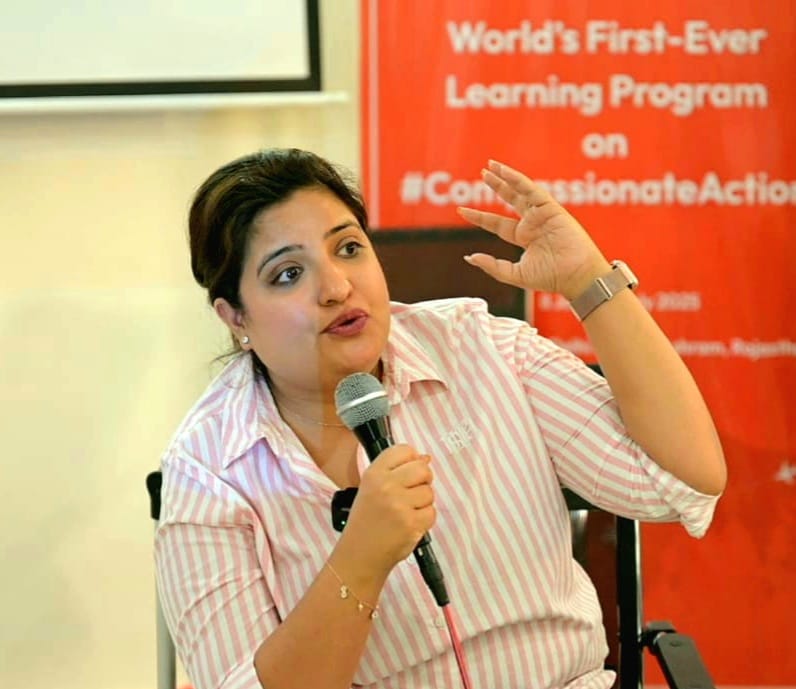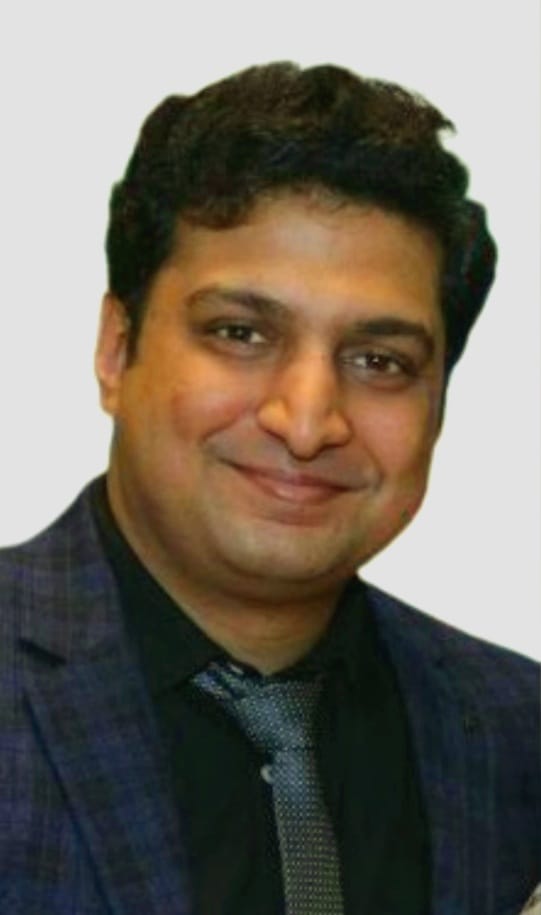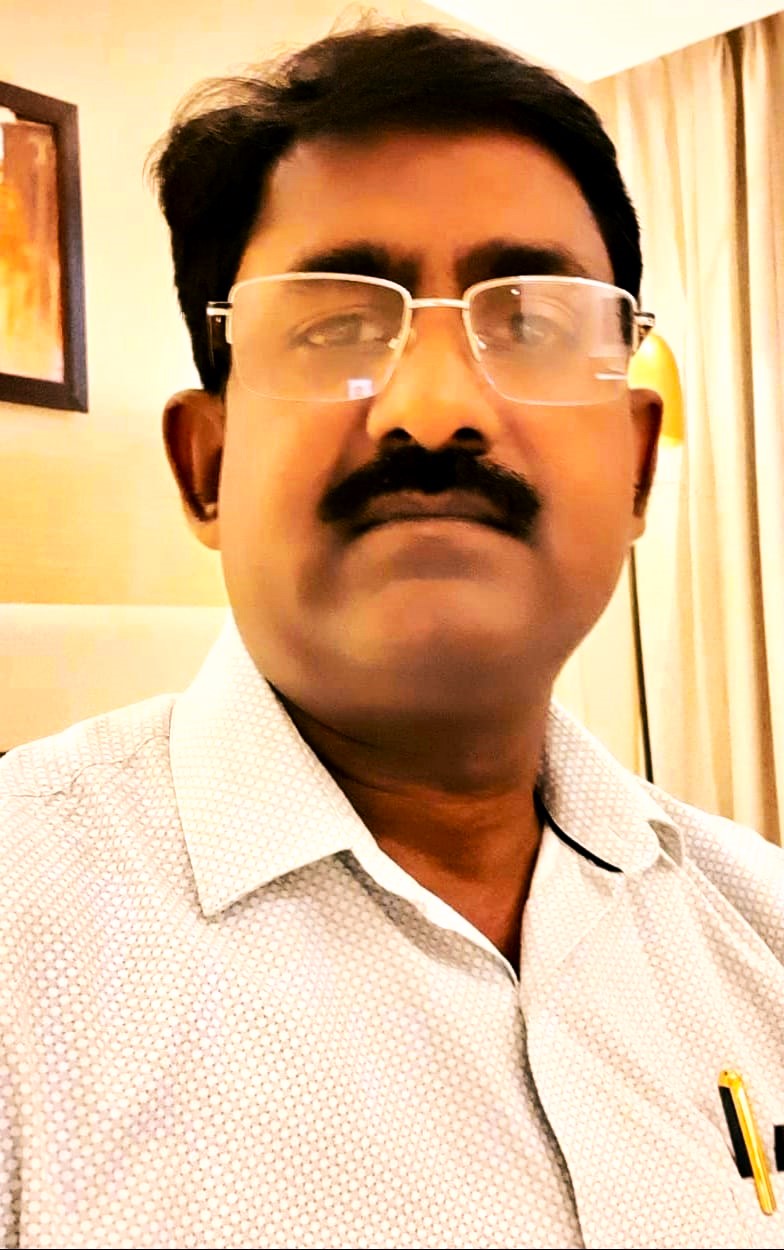DGRakshak Pvt. Ltd., a deeptech startup incubated at Startup Incubation and Innovation Centre, IIT Kanpur, is transforming breast cancer screening with cutting-edge, non-invasive, and radiation-free technology. By integrating advanced sensors with machine learning algorithms, the company enhances both accuracy and efficiency in early detection. Their solution delivers comprehensive breast health assessments with unmatched precision. Designed for accessibility, it features real-time screening, high accuracy, robust data security, and a portable, user-friendly design—ideal even for remote locations. Committed to innovation, DGRakshak aims to redefine early detection, improving treatment outcomes and making advanced screening solutions widely available.
In an exclusive conversation with The Interview World, Dr. Deepika Singh, Founder and CEO of DGRakshak Pvt. Ltd., delves into the groundbreaking technology behind their breast cancer screening device. She explains its unique operating principles, highlights its effectiveness in early detection, and differentiates it from conventional methods. She also sheds light on the alarming rise of breast cancer and other malignancies in India, emphasizing the critical role of early diagnosis in improving survival rates. Here are the most compelling insights from her conversation.
Q: Can you share insights into the groundbreaking breast cancer screening device developed by your company?
A: We have developed a portable, radiation-free, and cost-effective device for early breast cancer screening. Designed for use in remote areas with limited medical infrastructure, it operates seamlessly with minimal training. Our initial trials at Motilal Nehru Medical College, Prayagraj, have yielded promising results. Now, we are advancing to the next phase—manufacturing test batches and securing regulatory approvals.
Q: Given the increasing incidence of breast cancer among women in the country, how does this device enhance early detection and improve diagnostic outcomes?
A: India faces a rising burden of breast cancer, particularly among young individuals. However, traditional mammography—the gold standard—often fails to detect malignancies in this age group. To combat late-stage diagnoses and reduce associated fatalities, we have identified early indicators of cancer risk. Even before malignancy develops, our device can detect abnormal breast conditions that may progress to cancer. Integrated with our customized app, it not only flags potential risks but also provides follow-up recommendations. No matter how remote the location, patients receive guided referrals to the nearest diagnostic center for further evaluation.
Q: Can you explain the underlying principle and technology that power this device’s functionality?
A: Our technology is patented, and while I cannot disclose specifics at this stage, it is the first to integrate three distinct modalities for enhanced accuracy. Since 2018, I have been deeply involved in its research and development, focusing on breast cancer detection. Collaborating closely with oncologists, I incorporated their insights to design both the system and the device, ensuring its effectiveness in real-world applications.
Q: What distinguishes this device from other similar products on the market in terms of innovation, technology, and effectiveness?
A: Several competitors operate in this space, but existing devices—whether mammography or ultrasound machines—start at ₹15 lakh. In contrast, our device costs around ₹1 lakh, and with test batches and mass production, we aim to reduce it even further. Built on a scalable model, we are developing a subscription-based system to maximize accessibility. With minimal per-scan charges, we can reach more women, especially in underserved areas. Our goal is to make breast cancer screening as routine and accessible as a blood test at any pathology lab.
Q: What are the key factors contributing to the rising incidence of breast cancer and other cancers in India?
A: Our publication will soon release groundbreaking findings. We are currently drafting our results, which reveal a significant genetic shift in the Indian female population. This is just the tip of the iceberg.
I have been deeply involved in breast and cervical cancer research since 2018, tirelessly raising awareness on every possible platform. My research confirms a major genetic shift that is triggering early menopause in women as young as 30 to 35. This, in turn, is leading to a rising incidence of early-onset breast cancer.
Alarmingly, most women between 21 and 30—the primary at-risk group—do not undergo mammography. As a result, countless cases go undiagnosed, worsening the crisis.
Q: What are the survival rates and treatment success chances for individuals diagnosed with breast cancer?
A: I am not an oncologist, but my research and collaborations with experts have given me deep insights. Breast cancer is entirely curable at stages one and two. However, once it reaches stages three and four, survival becomes a matter of time and the cost of treatment.
My mother’s battle with advanced-stage breast cancer drove me into this field. I watched her endure five years of relentless chemotherapy, radiation, and surgery. My father, an ONGC employee, could afford the expenses. But how many families in India have that privilege? The harsh reality is that for most, the cost of treatment remains an insurmountable barrier.
Q: How do Indian cancer screening products compare to their global counterparts?
A: Globally, only a handful of breast cancer detection products have reached the market, despite extensive research in the field. The problem, however, is massive—especially in India, where alternatives to mammography are severely limited. With a population of over a billion, India has only one or two viable options for early detection.
Over the past year, we have been collecting real-time data, and the trends are alarming. I have seen cases where 18-year-old girls are diagnosed with malignancy without any early symptoms. How do we detect cancer in such cases? They won’t visit a diagnostic center unless they experience visible signs. The burden is on us—we must take early detection to them.
Q: What are the key risk factors for breast cancer beyond genetic mutations?
A: Genetic changes play a major role in rising breast cancer cases. However, diet and lifestyle choices also significantly impact the risk. As a society, we are drifting away from our roots. In the relentless pursuit of careers and other priorities, we are neglecting our health—especially women. Despite being the backbone of a family, a woman often places herself last. My mother did the same, and it cost her dearly.
These two core issues—genetic shifts and lifestyle neglect—demand urgent attention. If we look just a decade ahead, the situation appears dire. A vast section of the population may not survive this disease, not only because of its severity but also due to the financial burden of treatment. And the pain—both physical and emotional—is unimaginable. This is why I am doing this—for the next generation.

